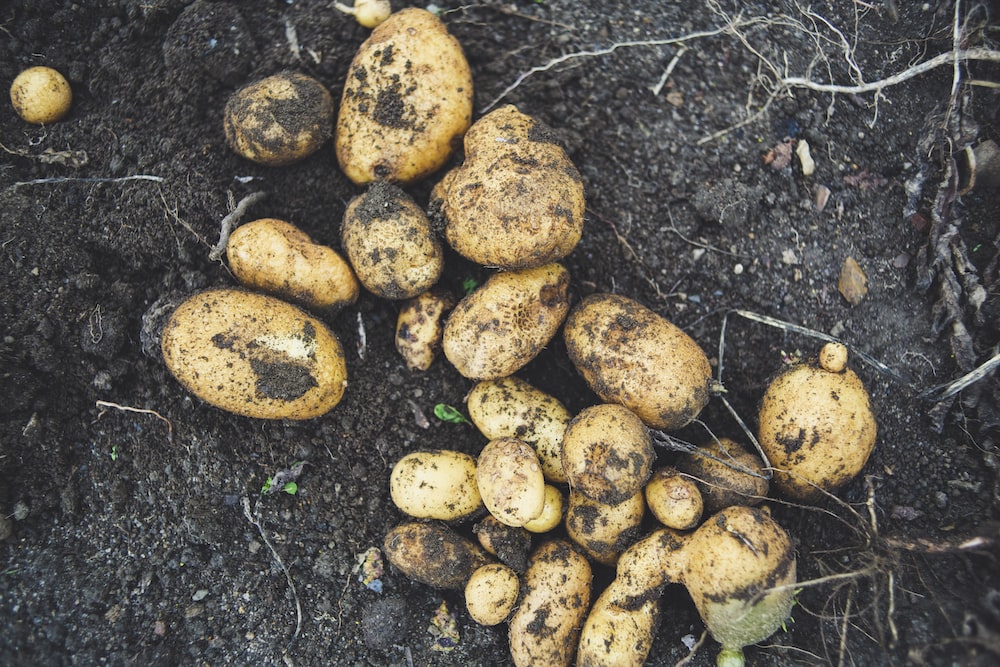
Organic pest control methods can effectively help manage pests on potato plants while minimizing the use of synthetic chemicals. Here are some common organic pest control methods for potatoes:
Handpicking: Regularly inspect your potato plants and manually remove pests such as potato beetles, larvae, and eggs by hand. Drop them into a bucket of soapy water to prevent them from returning to the plants.
Neem Oil: Neem oil, derived from the neem tree, is an organic insecticide that can help control pests like aphids and potato beetles. Dilute neem oil according to the instructions on the product and spray it on the affected plants, focusing on the undersides of leaves.
Insecticidal Soap: Insecticidal soaps are made from natural fatty acids and can be effective against soft-bodied insects like aphids, mites, and young potato beetles. Follow the instructions on the product and spray the solution onto the affected plant surfaces.
Beneficial Insects: Encourage the presence of beneficial insects in your garden that prey on pests. Ladybugs, lacewings, and parasitic wasps are examples of beneficial insects that can help control aphids and other pests. Planting flowers, such as marigolds and alyssum, can attract beneficial insects to your garden.
Crop Rotation: Practice crop rotation by avoiding planting potatoes or other related crops in the same location year after year. This helps disrupt the life cycle of pests and diseases that specifically target potatoes. Rotate with unrelated plants to reduce pest and disease pressure.
Mulching: Apply organic mulch, such as straw or wood chips, around potato plants. Mulching helps suppress weed growth, maintain soil moisture, and create barriers that make it more difficult for pests to reach the plants.
Companion Planting: Planting certain companion plants alongside potatoes can help deter pests. For example, planting marigolds, nasturtiums, or garlic near potatoes can repel pests like aphids and potato beetles.
Floating Row Covers: Use floating row covers made of lightweight fabric to physically exclude pests from reaching your potato plants. Secure the covers over the plants but ensure they are not touching the foliage to prevent heat buildup.
Cultural Practices: Implement good cultural practices to promote plant health and reduce pest susceptibility. This includes providing adequate spacing between plants for good air circulation, avoiding over-fertilization (which can attract pests), and maintaining proper watering practices.
Remember that a combination of these methods may be necessary to effectively control pests. Additionally, it’s important to identify the specific pests affecting your potato plants and tailor your control methods accordingly.



















